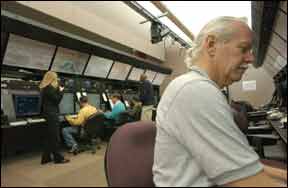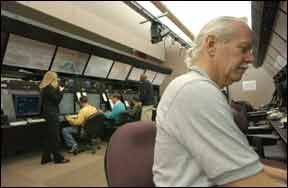One of the things keeping me formally involved in aviation for almost 40 years is the usually unquestioned willingness for all members of this community-pilots, mechanics, controllers and, at least some of the time, even the FAA-to pull together and help make the “system” work for us all. Of course, its sometimes difficult to envision all parties are working on our behalf when were on a vector 180 288 degrees from our destination. But the reality is the system we have wouldnt work nearly as well, or at all, if we all didnt try to help each other out from time to time. A great example of this willingness to help each other was highlighted March 27 when a controller in the Central Florida Terminal Radar Approach Control asked the crew of Southwest Airlines Flight 821, a Boeing 737, to check on a Cirrus SR22, which had been out of radio contact for over an hour. The SR22 was maintaining 11,000 feet; the Southwest 737 was 10 miles behind it at 12,000 feet. The Southwest flight was on an IFR flight plan; we can presume the SR22 was also. The Southwest crew agreed to check on the SR22 and was vectored toward it, apparently while both aircraft maintained 1000-foot vertical separation. The Southwest crew reported the aircraft in sight and told ATC they saw two people in it. The 737 then turned away; 30 seconds later the Cirrus contacted ATC and obtained a good frequency. Both aircraft landed safely at their destinations. Its easy to conclude the 737s presence convinced the SR22 crew they should be talking to someone. But the FAA, in its infinite wisdom, has suspended the air traffic controller, who is a supervisor, noting “preliminary information indicates there was a loss of required separation between the two aircraft.” Since the 737 crew reported the Cirrus in sight, we dont understand how separation wasnt maintained, but well need to wait for an official report. “By placing this passenger aircraft in close proximity to another plane, the air traffic controller compromised the safety of everyone involved. This incident was totally inappropriate,” said FAA Administrator Randy Babbitt. This is disappointing, especially since Babbitt is a former line pilot and knows better. At some point, we need to step back and give the professionals running and using the ATC system on a daily basis enough flexibility to respond to situations like this. Babbitts kneejerk reaction-though it likely was taken to place the traveling publics mind at ease-really wont enhance aviation safety. Meanwhile, the next nordo single stumbling into busy airspace could be you or me. -Jeb Burnside




